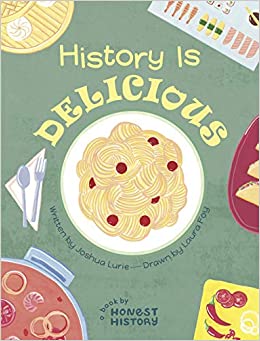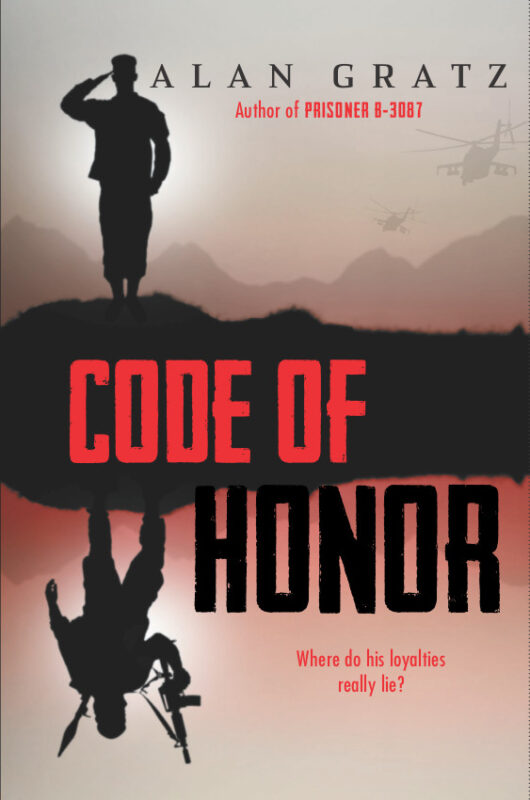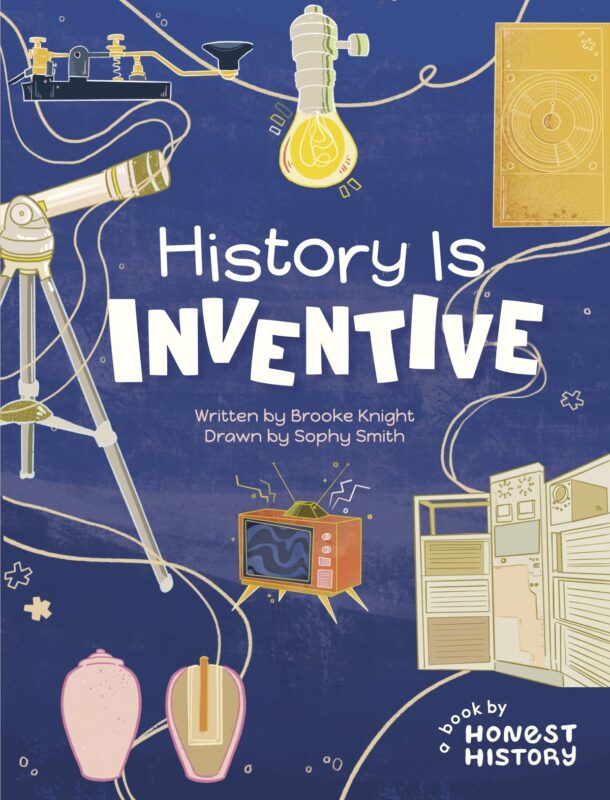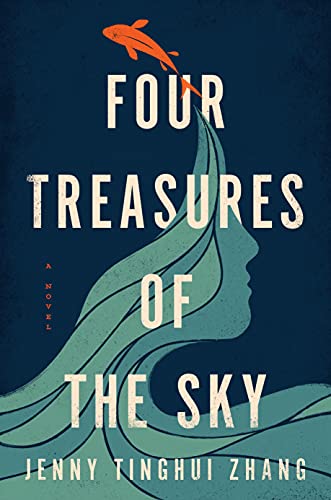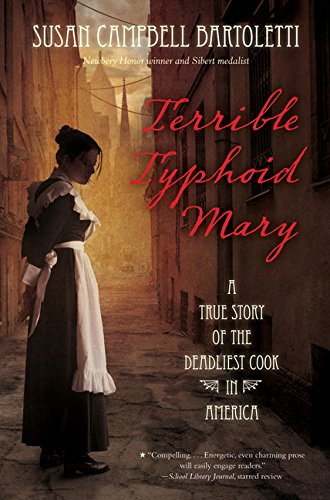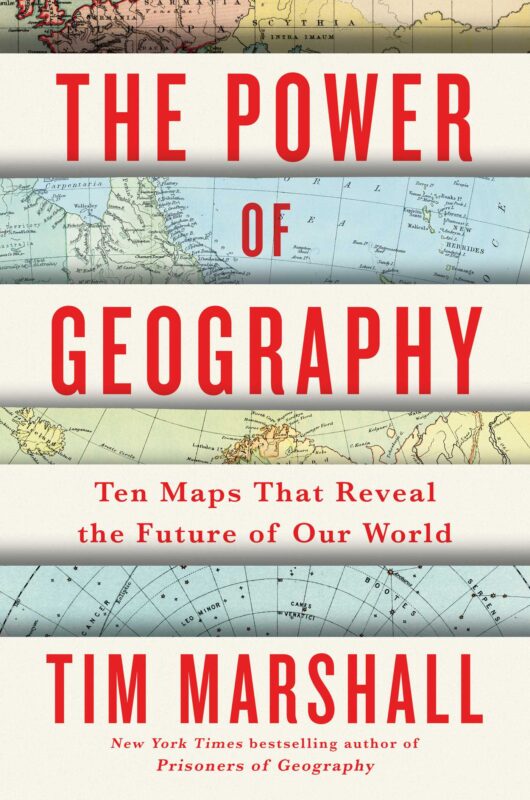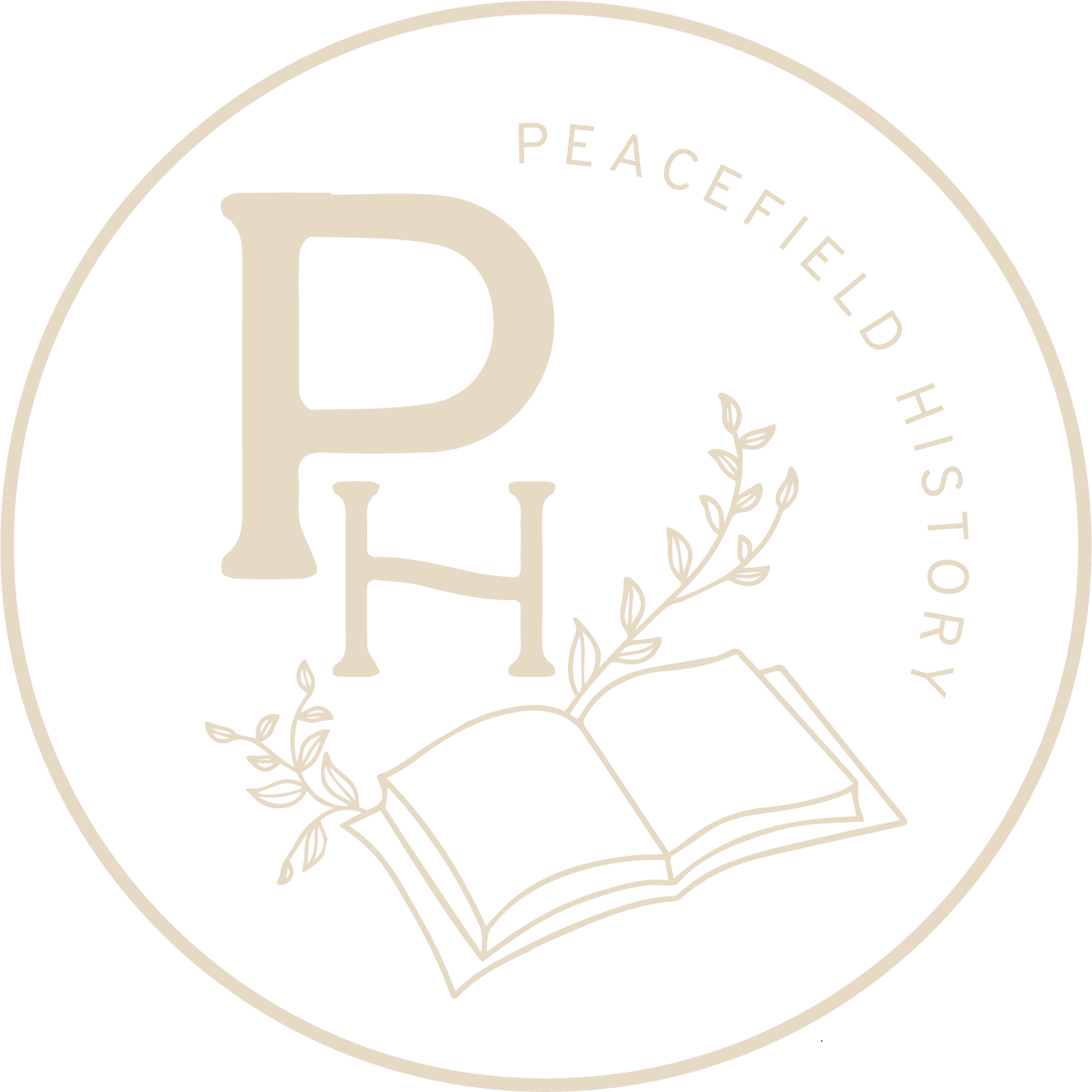History is Delicious
Series: Reads and Reviews, Reads and Reviews - August 2021
Genre: Historical Nonfiction - Middle Grade
History is Delicious is the second book in a series by Honest History. It contains a wealth of knowledge about types of food from around the world including simple recipes for kids, cultural connections, and historical contexts for each area. The main component of the book includes descriptions of popular recipes from around the world. The book is broken into four major categories, Americas, Europe, Asia, and the Middle East, and there are a multitude of recipe descriptions for each location. This book would be great for a World Cultures class and could provide a starting point for conversations with students. I know that my students are probably unfamiliar with 95% of the recipes mentioned in this book, and I could easily assign them a particular recipe for a group discussion. Teachers could utilize the historical context sections for the introduction to a lesson, as that text is written at more of a YA level.
Fair warning, however, you absolutely cannot pick up this book if you are in any way hungry. In the absence of any Korean barbecue or Dim Sum, I ended up snarfing down several vanilla wafers from my kitchen. (It's very helpful that Door Dash doesn't deliver to my country farmhouse.)
More info →Code of Honor
Series: Reads and Reviews, Reads and Reviews - October 2021
Genre: Historical Fiction - Middle Grade
This book is a must-have for any teenager who is enthralled by war or terrorism. Kamran, an Iranian American teenager, is caught up in a whirlwind of hate and suspicion after his brother is caught on video attacking a U.S. embassy. Soon after, Kamran and his parents are taken in by the CIA for questioning. Though the story of the family and the terrorist act are all fictional, the greater topics of the war on terror, racial profiling, and the news media all reflect the reality of our time.
From an adult's eyes, the story lacks believability. There are too many implausible connections made and the character storyline just doesn't reflect the reality of terrorism. Still, I think this is an excellent attempt to examine a multifaceted issue while keeping the story comprehensible for a middle schooler.
More info →History Is Inventive
Series: Reads and Reviews, Reads and Reviews - July 2021
Genre: Historical Nonfiction - Middle Grade
Have you seen Honest History pop up on your Instagram feed? Their tagline is, "a magazine for young historians." I know that if this had existed when I was a kid, I would have read every issue cover to cover!
When I saw that a book had been released by Honest History I immediately requested a preview. History is Inventive does a deeper dive into the stories of several of the famous inventors and really lays out the complexity of that invention. (Spoiler ______ invented the _______ is never the whole story.) Knight pulls from a wide breadth of history and picks topics that will interest a wide variety of children. Surgery? Makeup? The telescope? Alternating current? All are discussed and each passage includes unique details that I've not seen elsewhere. If anything, this book will make kids want to know more about many of the topics, and do some more investigation on their own!
I'm also a sucker for well done graphic design and the layout of this book is quite appealing also. This book is perfect for a curious kid.
More info →Four Treasures of the Sky: A Novel
Series: Reads and Reviews, Reads and Reviews - May 2022
Genre: Historical Fiction - Adult
Tag: Recently Read
Four Treasures of the Sky takes on the history of Chinese immigration during the era of the Exclusion Act. Daiyu is abandoned by her grandparents at a very young age after her parents are kidnapped for their political activism. Teetering on the edge of existence, Daiyu's life is largely controlled by her gender and her race, and those issues remain constant as she smuggled to the U.S. and then migrates to Idaho. This is not an uplifting story - but unlike many historical fiction novels, this book reflects the reality of the history during this time. In many ways, it seemed like an adult companion to Prairie Lotus.
More info →Terrible Typhoid Mary
Series: Reads and Reviews, Reads and Reviews - August 2021
Genre: Historical Nonfiction - Middle Grade
(Middle Grade reading level - No content concerns - if you have a student who's VERY squeamish, this book might not be the book for them.)
So, a biography of "Typhoid Mary" turned out WAY more relevant than it should be in the "panda" era of 2021.? If you don't know that backstory of Typhoid Mary, basically, she was a carrier of Typhoid, but she didn't show any symptoms herself, and never remembered having the disease. She was a transient Irish immigrant in the early 1900s, and she made her living as a cook, so she kept reinfecting people as she transferred from job to job. Mary was eventually tracked down by the rudimentary health inspectors of the day, but she was in complete denial that she could be a carrier. She was then confined to an island off the coast of New York City so that she could be tested for typhoid. Mary's reaction to these events proved most relevant. She fought against any accusations, and once she was released, she would go onto take more jobs (one in a hospital!) and infect more people. She also refused surgery to remove her gallbladder, which may have cured her of the disease. Still, she had reasons to feel the way she did, and as an immigrant woman, she was just lambasted by the press. Her story represented why confusion and pushback against what might be CLEAR medical decisions are so deeply connected to one's understanding of the world. This book would certainly generate some great conversations in the classroom.
More info →The Power of Geography
Series: Reads and Reviews, Reads and Reviews - November 2021
Genre: Historical Nonfiction - Adult
